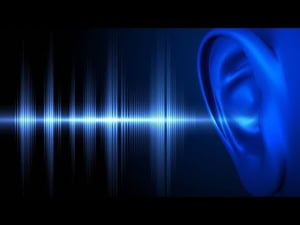Enterprises and customer service organizations use speech analytics today to analyze customer interactions to assess agent performance and identify service gaps. That likely isn't news to you, but what might be is that speech analytics results rely IMMENSELY on the quality of the audio recording. That's right, with poor quality audio capture, the transcription engine struggles to discern what was said by the customer and the agent, and the results are flawed.
What's more, many audio capture solutions are proprietary and keep their recordings restricted from porting to transcription and analytics solutions. Moreover, they also keep businesses from augmenting their recordings with 3rd party data from CRM, ACD or desktop applications e.g. This makes "openness" another huge factor in audio capture.
Here are some customer service stats to illuminate the importance of these points:
48% of customers want to communicate with companies via phone (HubSpot Research)
So almost half of all customer interactions still rely on the telephone. Therefore, high quality, open speech analytics data that can be extracted from these calls (and combined with 3rd party data) is critical to derive the best customer insight. This requires full media/metadata access and system control - which not all audio capture platforms enable.
A 60% increase in profits is possible with a mere 5% increase in customer retention rates (Bain and Company)
It is six to seven times more expensive to land a new customer than to retain an existing customer. To help organizations retain existing customers, speaker-separated audio capture (which then feeds the transcription/analytics engine) helps to identify at-risk customers. Mono recording makes it difficult to distinguish over-talk, which is common during contentious interactions when a customer is highly dissatisfied. Stereo recording separates each party into their own channel for clear, distinguished playback - which helps uncover unhappy customers. The best audio quality supports upper-end audio sample rate formats including G.711 and OPUS.
Learn more about high fidelity, open audio capture here.

